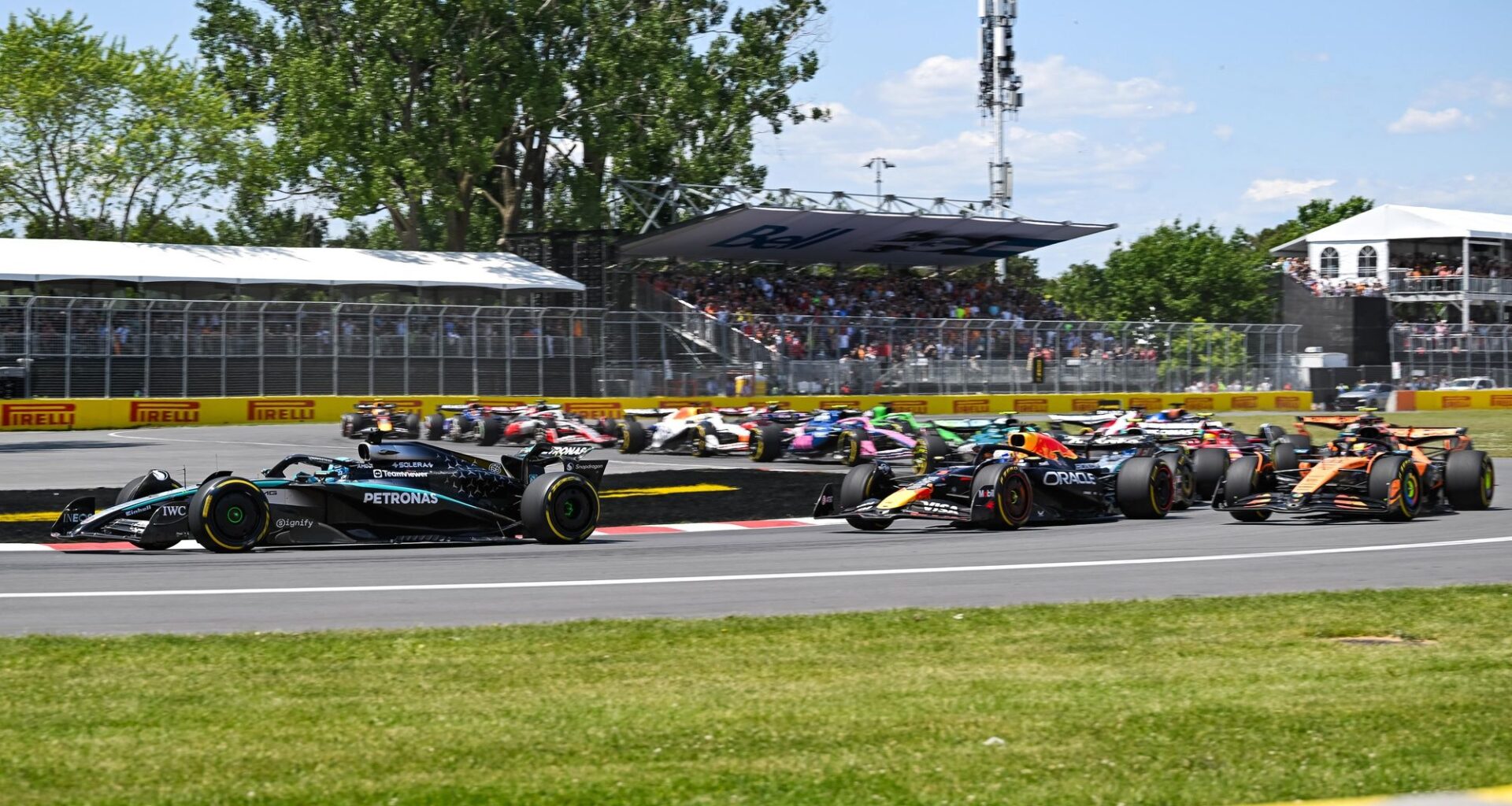Formula 1 is known for pushing technology to the limit. Cars are designed using supercomputer simulations and sensors, and engineers use advanced software to squeeze every last fraction of a second out of the car. However, in the middle of all this high-tech environment, F1 teams still rely on pit boards, which are surprisingly old-school.
Why Pit Boards Haven’t Disappeared From F1?
Pit boards are simple signs that hang over the pit wall and show drivers key information as they speed past the team garage.
They can display a driver’s position, gaps to other cars, laps remaining, upcoming pit stops, or custom codes agreed on between the team and the driver. While radios allow continuous communication, the pit board is shown only once per lap, and yet, for all their simplicity, these boards remain indispensable.
The main reason pit boards have remained in F1 is their reliability. Radios are high-tech, but they are not infallible, and problems still happen from time to time. In the past, Ayrton Senna’s radio was accidentally cut off by a catering team, and more recently, Kimi Raikkonen had a radio failure in 2021.
Max Verstappen also experienced the same in Canada in 2022, and hence, pit boards make sure that even if the radios fail, drivers still get essential information about their position in the race.
Another reason is clarity. Drivers are traveling at more than 200 miles per hour and have to focus on braking points, tire management, and traffic around them. A glance at a pit board lets them absorb vital data instantly without processing a long message over the radio. The boards are always in the same spot on the pit straight and give drivers a consistent reference every lap.
Each team assigns a crew member, who is often an engineer or strategist, to operate the board. They use interchangeable numbers, letters, and symbols to update information based on live telemetry and strategy decisions. Just before the car comes down the pit straight, the board is held through a dedicated slot in the safety fence to make it perfectly visible to the driver.
READ MORE: F1 Teams Brace for ‘Nightmare’ Scenario as 2026 Rule Overhaul Looms Large
Depending on the driver, a board might show lap numbers, gaps to the car ahead or behind, or even instructions like “BOX” for an upcoming pit stop. During critical moments such as an undercut or overcut attempt, the displayed gaps are updated in real time so F1 drivers know exactly where they stand in the battle for race position.
Even with advanced radios and steering dashboard displays, pit boards remain an effective tool as they reduce the mental load on the driver provide a backup in case of technical issues and deliver information clearly and instantly.
In a sport full of complex electronics and data-driven tech, the pit board proves that sometimes old-school simplicity is exactly what teams need to stay on top of the race.

